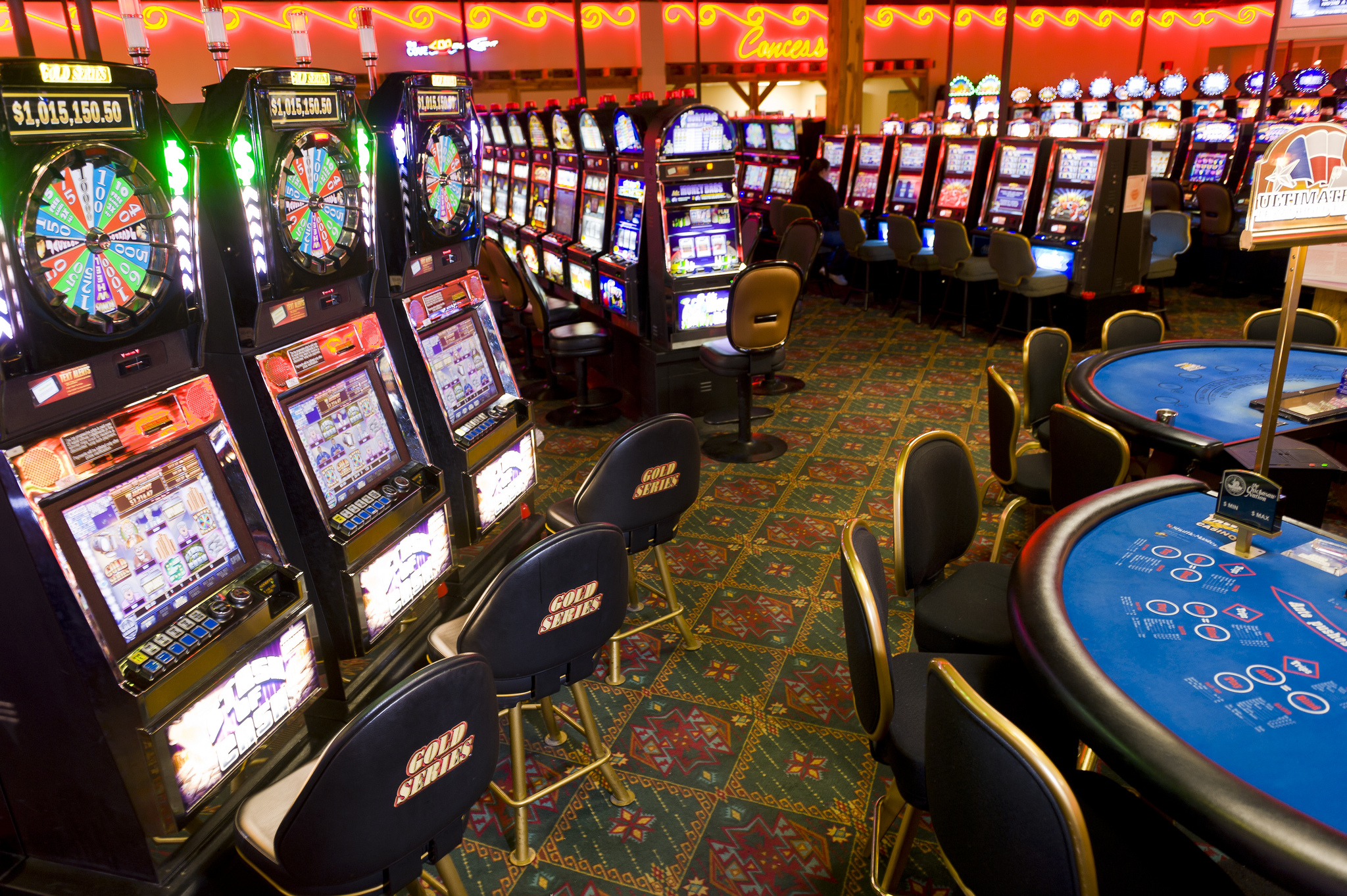The Psychological principles Behind Casino Game Design

Gambling games have long captivated people’s attention, drawing gamblers into a realm filled with fortune, tactics, and the allure of excitement. Each experience is painstakingly crafted not just for entertainment, but also to elicit particular emotional responses that keep participants immersed and committed. Understanding the motivations behind these designs reveals much about how psychology plays a key role in the gaming experience. Nạp tiền Ae888
From the vivid lights and lively sounds to the intricate layering of rules and incentives, casino games are designed to create an atmosphere of thrill and anticipation. Game designers leverage mental cues to influence player behavior, whether through the use of big prizes, near-miss scenarios, or social connections. By examining these factors, we can better appreciate how casino games fulfill not just a need for entertainment, but deeper psychological needs for excitement and hazard.
Understanding Gamer Behavior
Casino games are designed with a deep comprehension of player psyche, which is vital for drawing in and keeping players. The thrill of the game, coupled with the expectation of winning, creates a powerful allure. Game designers employ elements like sonic elements, dynamic graphics, and immersive gameplay to engage attention and generate emotional responses. These sensory elements enhance the total environment, making players feel more invested in the game.
Another significant aspect of player behavior is the concept of risk versus reward. Casino games often weigh high-stakes situations with the potential for considerable rewards, which can cause the occurrence known as near-miss experience. When players come near to winning, the brain produces dopamine, bolstering their behavior and prompting them to persist playing in search of that elusive win. This cycle of wish and letdown plays a crucial role in how games are constructed and advertised.
Lastly, social factors also play a pivotal role in player behavior at casinos. Many games are designed to be played in pairs or in company with other players, nurturing a sense of community and communal experience. The social interaction inherent in games like baccarat enhances enjoyment and can lead to longer play sessions. Designers take advantage on this by designing environments that invite players to linger, interact, and revisit, making the overall casino experience more attractive.
The Role of Visuals and Sound
Visuals and audio play a vital role in elevating the player’s experience within gambling games. Designers utilize bright colors, striking graphics, and engaging animations to grab gambler’s attention and maintain their focus. The use of motifs, such as exploration or opulence, helps create an engaging atmosphere that transports players into a different world. By appealing to the senses, these elements contribute to a intensified emotional response, prompting players to engage more profoundly with the games.
Sound design is equally important in enhancing the overall experience of gambling games. The combination of ambient music, sound effects for winning combinations, and environmental noises creates an sound landscape that holds players enthralled. Sounds associated with wins, such as chiming bells or celebratory music, evoke feelings of excitement and reward, prompting players to keep playing. These audio cues are strategically placed to amplify the excitement of the game and create a more immersive experience.
Additionally, the alignment of visuals and audio is essential for supporting the game’s overall concept and mood. Each element should coordinate seamlessly to create a cohesive experience that pulls players in. The effective use of this integration not only improves user enjoyment but also boosts the chances of repeat play, as players become more invested in the captivating world that the casino games offer. This thoughtful combination of imagery and sound ultimately enhances player involvement and commitment.
Incentive Systems and Participation
The development of gambling experiences heavily depends on incentive structures to ensure participants involved and returning for more. These structures are rooted in psychological principles that exploit human nature and desire. Participants are often driven by the thrill of success, which is reinforced by instant responses through the game’s mechanics. This instant gratification not just improves the overall experience but also fosters a feeling of success, encouraging players to continue playing in hopes of bigger rewards.
Casinos implement various reward structures, such as jackpots, bonuses, and multipliers, to captivate participants. These features create a level of excitement that sustains interest. Additionally, the randomness of results plays a crucial role in sustaining attention. The intermittent reinforcement schedule, where wins are unpredictable but happen often enough, keeps players on edge and motivated to keep playing. This loop of hope and anticipation is foundational to the effectiveness of gambling experiences.
In addition, community aspects, such as tournaments and collaborative options, boost the engagement factor by leveraging the competitive nature of participants. The shared experience of playing with others can amplify the thrill of success and create a community atmosphere within the casino. Ae888 By integrating these social dynamics with efficient incentive structures, gambling experiences not only provide fun but also nurture a stronger bond among participants, solidifying their commitment to the gaming experience.
